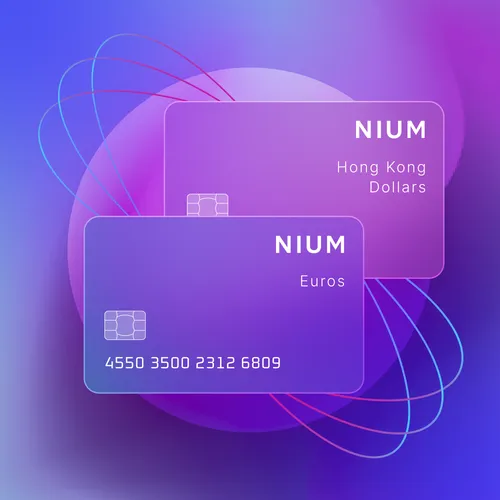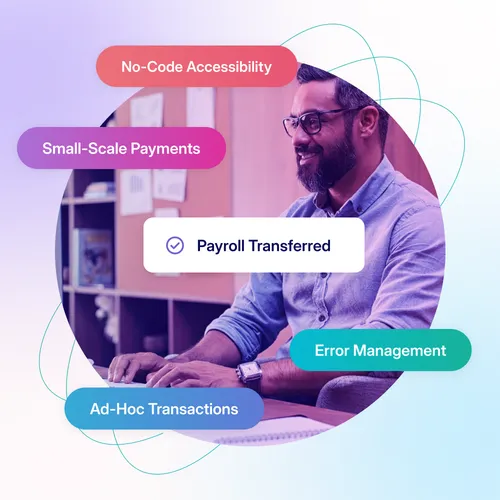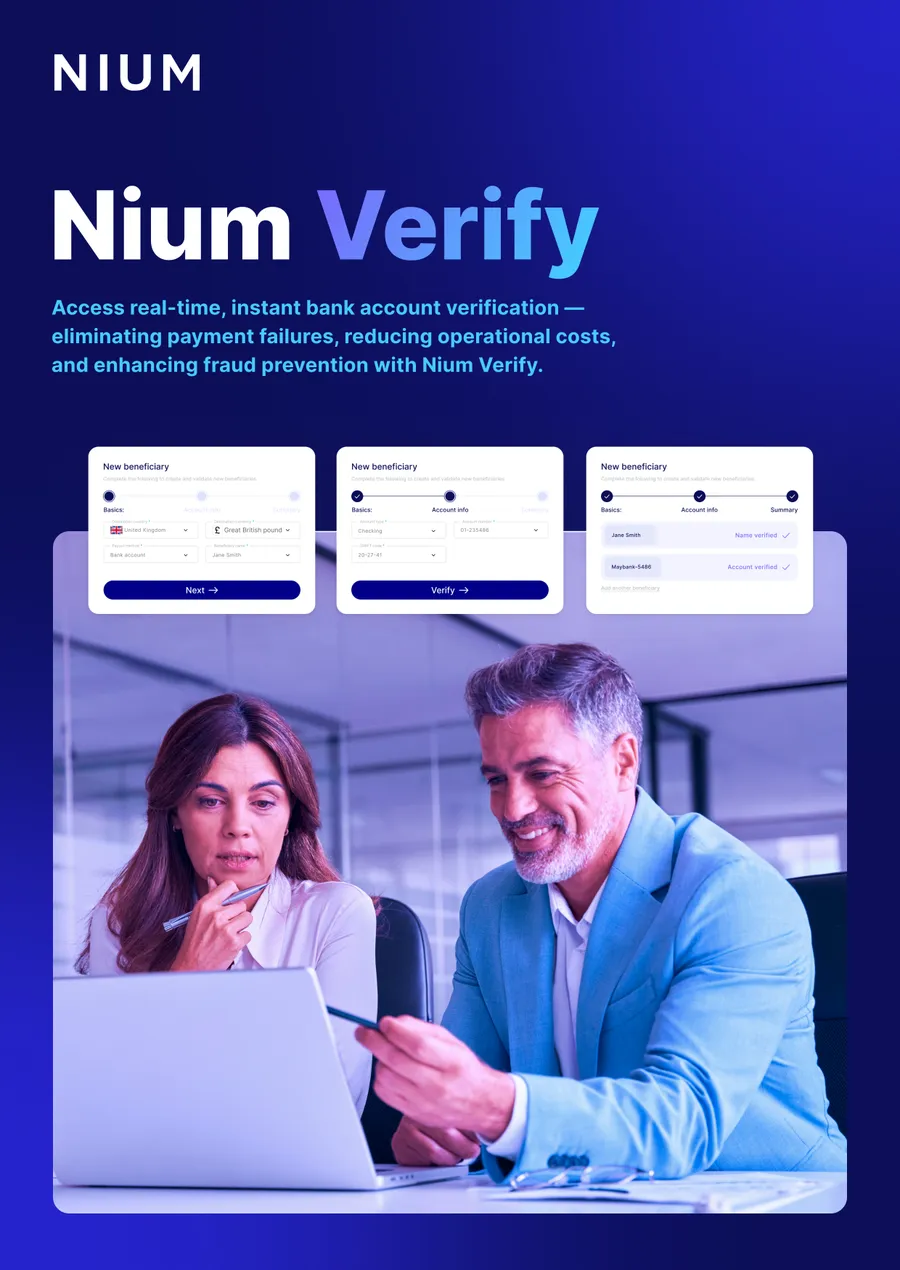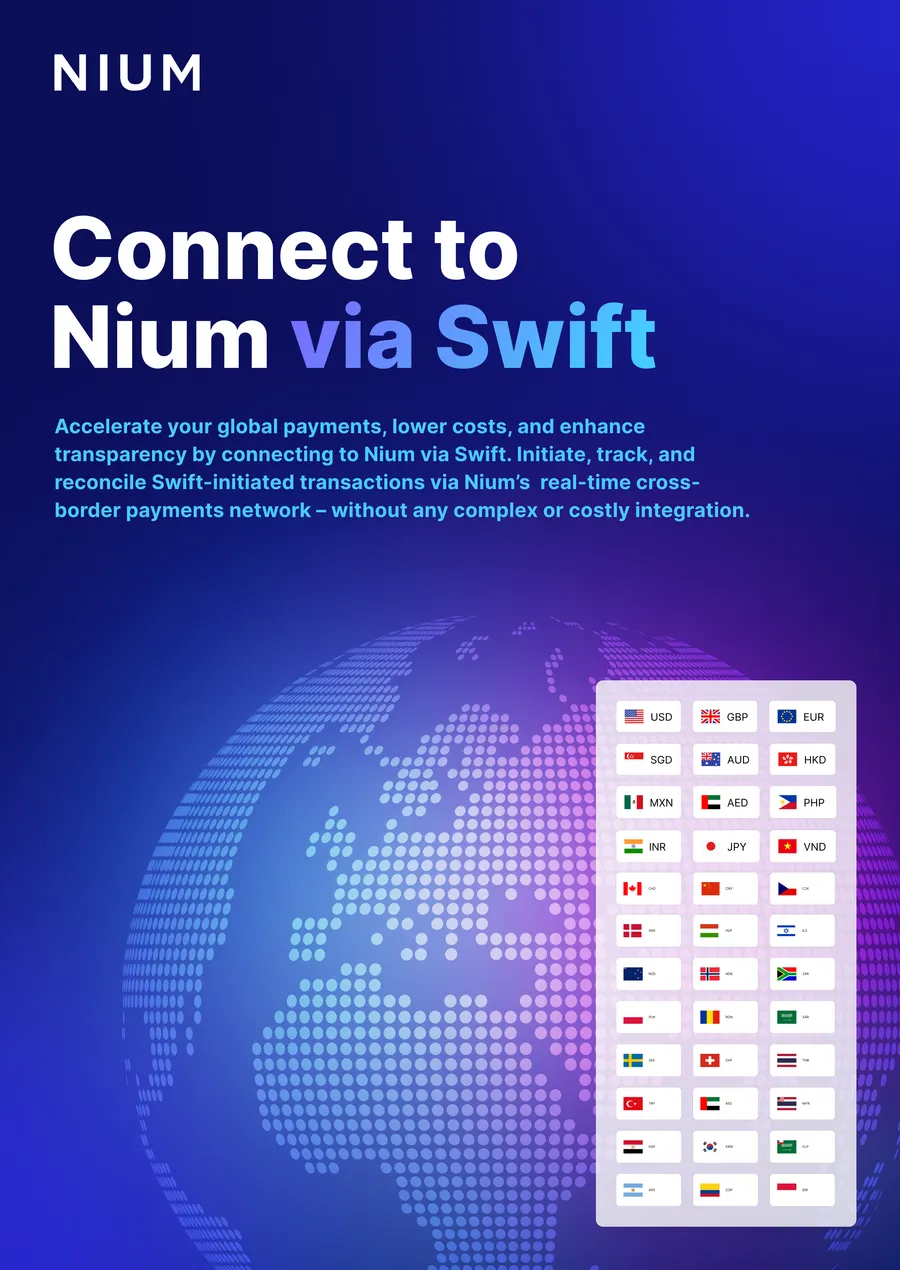As the largest economy in Latin America, Brazil has set an impressive record on payment infrastructure digitization, showing just how fast a combination of technology, legislative momentum, and popular appetite can change the way businesses and consumers pay. The numbers speak for themselves, the digital payment market in Brazil is projected to reach $312.76bn in 2025.
From local real-time payments system, PIX, which has seen wide adoption, to a robust fintech ecosystem, the payments landscape in Brazil remains highly dynamic, with embedded finance and innovation creating new opportunities for financial inclusion and cross-border opportunities.
Christina Hutchinson, Nium LATAM General Manager, unpacks the key trends shaping payments in Brazil and what they mean for banks, financial institutions, and businesses moving money into and out of the country.
Q: Brazil’s payment system has clearly set a standard for payments in South America and beyond. How did we get here?
Christina Hutchinson: If you look at where Brazil was just a decade ago, payments have transformed at an incredible pace. The launch of PIX in 2020 changed everything. Today, it’s one of the world’s most successful real-time payment systems, with over 76% of Brazilian adults using it. For a system that didn’t exist five years ago, this is a huge success.
What sets Brazil apart in particular is the scale and speed of adoption. PIX is now used for everything: paying salaries, settling invoices, even splitting a restaurant bill. Merchants love it because it eliminates card fees and cash handling, and consumers trust it because it’s instant and secure. And new features such as installment payments and automatic recurring payments have been recently released, improving user experience.
The influence of Brazil's PIX in Latin America is evident, it has acted as a catalyst for payment innovation throughout Latin America. Inspired by Brazil's real-time payment system, several countries are now working to modernize their digital payment infrastructures. In Colombia, for example, the upcoming Bre-B system—set to launch in September 2025—is directly influenced by PIX’s architecture and functionality. The initiative is being developed collaboratively by the Banco de la República and private sector partners, including Credibanco.
Similarly, Mexico introduced its own instant payment platform, CoDi (Cobro Digital), in 2019 under the leadership of the central bank. Despite its early promise, CoDi has faced challenges with widespread adoption, highlighting the importance of user engagement and ecosystem readiness in the success of digital payment systems.
Beyond PIX, open finance and embedded finance initiatives such as Banking as a Service, have allowed the entrance of new players, adding competitiveness to the market.
Since launching in 2021, Brazil’s open banking initiative has expanded to a full open finance framework, where businesses and consumers can securely share financial data across banks and fintechs and is on track to be not only the biggest in Latin America, but a global leader.
Q: What’s driving the shift from cash to digital in Brazil?
CH: Brazil has historically been a cash-heavy economy, but that’s changing fast. As with many industries, COVID-19 accelerated digital adoption, and now people have just gotten used to payments that are instant, mobile, and seamless. In fact, PCMI recently found that 14% of consumers declared they “never” use cash (up from 9% in 2021). Fifty-three percent claim they will not use any cash within five years.
PIX played a big role in this shift but there is a general trend to digital across transactions. Contactless card payments, for example, went from 23.1% of all transactions in 2022 to 31.1% in 2023, while digital wallets are growing over 12% a year.
A key difference in Brazil has also been the willingness of big institutions to embrace digital payments, which makes it easier for businesses to follow suit. The state-run bank Caixa Econômica Federal introduced its own mobile app (Caixa Tem) offering free digital bank accounts and virtual debit cards in 2020. We’ve also seen digital banks and neobanks like Banco Original and Nubank popping up, as well as pilots for an official Central Bank Digital Currency (CBDC), the DREX.
Q: How is digitization affecting cross-border payments into and out of Brazil?
CH: As a major economy – it grew 3.4% in 2024, more than the U.S. – with a robust middle class and business sector, Brazil has always been outward looking. Digitization makes this easier, but there is a way to go in making transactions outside Brazil as easy as those within.
One of the areas where this is most obvious is ecommerce. The Brazil e-commerce market is projected to grow by 20% in 2025, but the cross-border market is expected to expand by 32%. The whole appeal of ecommerce is of course that it’s fast and convenient. And this puts more pressure on payments to keep up, especially when everyone is used to instant bank-to-bank transfers with PIX.
Traditional cross-border payments have always been slow and expensive, with high fees and unpredictable settlement times. Businesses now want real-time, transparent transactions—whether they’re paying suppliers in China, or receiving payments from the U.S.
This also comes up in the domain of remote work. Brazil has over 500,000 software developers, which makes it a popular area for outsourcing. But if you’re a U.S business looking to hire in Brazil, you need to be able to adapt your payroll processes to that local talent.
Q: What are the challenges and opportunities for improving cross-border payments?
CH: Brazil is more connected to the global economy than ever before, but the challenge is now to make cross-border payments as streamlined as domestic ones.
Businesses moving money in and out of Brazil still face high costs, slow settlements, and opaque processes, especially when using traditional correspondent banking networks to send money between institutions.
At the same time, demand for faster, lower-cost international transactions is rising. Last year, foreign direct investment (FDI) reached $71.1 billion, accounting for 3.24% of Brazil's GDP and reflecting a 13.8% increase compared to 2023.
Today, global businesses need simple payouts into Brazil, while local enterprises expanding abroad require efficient ways to send money internationally. Fintechs like Nium are bridging these gaps by integrating real-time FX, local payout networks, and compliance solutions that help banks, financial institutions, and businesses move money across borders as easily as they do domestically.
Q: How are fintech providers and incumbent institutions collaborating in the payments market?
CH: At first, fintechs positioned themselves as challengers, but now we’re seeing more collaboration than competition.
There’s a big incentive for Brazilian banks to partner with fintechs to stay competitive, offering faster payments, real-time FX, and digital-first solutions. For example, BS2 partnered with Nium to enable real-time FX settlements and cross-border PIX transfers, making international transactions faster and cheaper.
These partnerships benefit everyone. Banks get access to new technology, fintechs scale their solutions faster, and businesses get better payment experiences.
Q: What’s next for the payments revolution in Brazil?
CH: The transformation of Brazil’s payment landscape has been remarkable, but there’s still work to be done. Building domestic payments infrastructure is the first step – now the mission is to expand that same functionality to businesses working across borders, especially for the growing B2B sector.
B2B cross-border payment revenues in Latin America are estimated to grow 11% over the next decade, potentially reaching $1.368 trillion. Brazil’s ability to win a slice of this revenue will depend on integrating internal and external financial rails.
This will take a collective effort from regulators, financial institutions and fintechs to extend the benefits of digital payments to more areas and sectors.
At the same time, regulatory oversight is likely to increase as authorities push for more transparency in fintech-driven payments, and as officials balance ensuring compliance while fostering innovation. Businesses looking to expand in Brazil will need trusted, compliant partners to navigate this evolving landscape.
The change we’ve seen in Brazil in less than a decade has been enormous – yes, there are still some elements to figure out, but the country has shown it has the willingness, energy and innovation to meet the challenge. We’re really excited to be part of that journey - building and scaling local payout rails across the region to continue digital momentum in this exciting region.
And, we have not even tackled what the future looks like when speaking about stablecoins and other technology innovations ahead!












